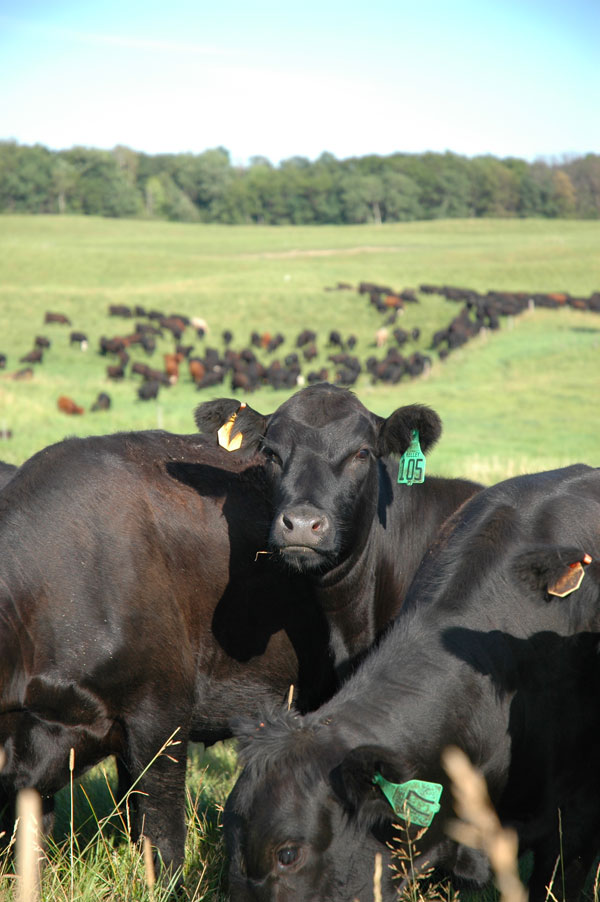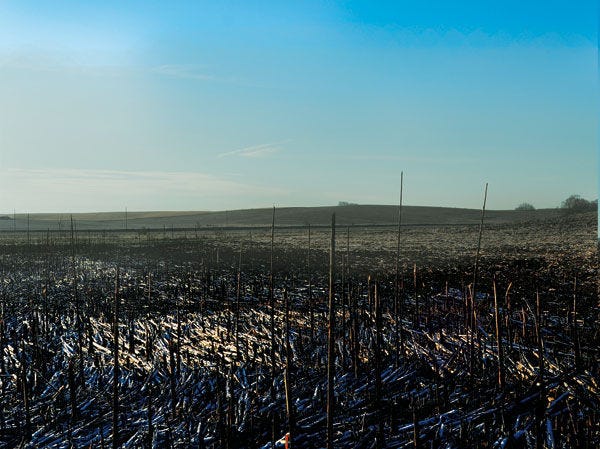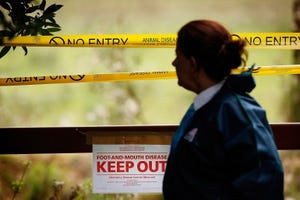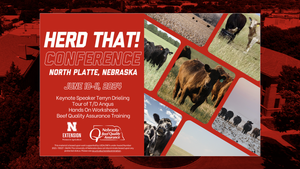5 Trending Headlines: Grazing scorched pastures; PLUS: Pasture rent rates
Pastures are recovering in the burned-out areas of the country. But how soon can cattle graze them? That and more awaits you in this week’s Trending Headlines.

Are you paying too much for pasture rent?
“Pasture lease rates” is one of the most-searched topics at onpasture.com. Now, thanks to the USDA National Agricultural Statistics Service, you can find cash rent rates in your county to use as a starting point to determine rental fees.
The data only covers cash rents. Land rented for a share of the crop, on a fee per head, per pound of gain, by animal unit month (AUM), rented free of charge, or land that includes buildings such as barns are excluded from the survey. That means you’ll still have to do some of your own figuring on how much to charge or pay. But at least you have some kind of starting point with this.
After the fires: Grazing options for scorched pastures

The fires that torched more than a million acres in Kansas, Oklahoma, Colorado and Texas are now just painful memories. Rains have come and pastures are beginning to show some green. But affected ranchers are advised to not burden their pastures too heavily too soon, reports Midwest Producer.
This year’s fires in southwest Kansas were on sandier soil. Based on sandier soil types, a good rule of thumb for producers would be a carrying capacity this first year of 25% of normal, says K.C. Olson, professor of ruminant nutrition at Kansas State University. In year two, that can increase to 75% of normal, and 100% of normal carrying capacity in year three with some timely rains.
On being a professional rancher
Cattle producers in today's industry must be forward thinking when planning for and navigating through whatever the future may hold. However, according to Dr. Clay Mathis, director of the King Ranch Institute for Ranch Management in Kingsville, Texas, to be successful over the next 20 years, ranchers will have to adopt the right mindset, according to the Oklahoma Farm Report.
"There's so many external factors we don't know," he said. "The key point is, it's the same mindset that the people that were successful 20 years ago, and are still successful today - that same mindset - that's going to make producers successful 20 years from now."
Click here to read and hear more of Mathis’ thoughts on being a professional rancher.
A new face and new approach for EPA

EPA Administrator Scott Pruitt
When considering the core mission of the Environmental Protection Agency, the agency's new administrator, Scott Pruitt, says it has lost its moorings. But he’s working to bring the rogue agency back to its original purpose, according to the Oklahoma Farm Report.
"As far as the WOTUS rule is concerned," Pruitt said, "what folks need to understand is - we're on the pathway to undoing, rescinding the previous rule, which is need." Currently, Pruitt has issued a stay against the standing rule, put in place by the previous administration. He emphasizes that farmers, ranchers and landowners of all types need feel confident that the rule as it is written today, will never be put into effect.
Click here to read and hear more.
Raincoats for cows?
The Humane Farming Association has filed a petition with the Trump administration to cease USDA Livestock Indemnity Program payments to producers who do not protect their livestock from adverse weather, reports Wisconsin Ag Connection.
"Instead of providing adequate shelter to vulnerable livestock, producers who do not assure protections from adverse weather are rewarded with a government check," said HFA National Director Bradley Miller. "Compensating producers for dead livestock without ever requiring adequate shelter is actually a disincentive to farmers and ranchers to take the necessary steps to provide their animals with protections from inclement weather. Without this compensation, many producers would no doubt make an effort to provide for their animals. Instead, massive numbers of neglected livestock are dying painfully and needlessly and taxpayers are footing the bill."
About the Author(s)
You May Also Like



